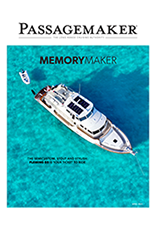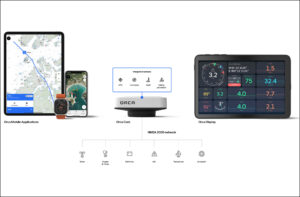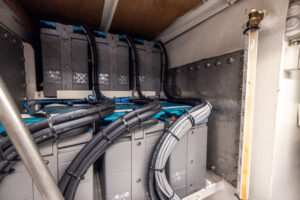Correction(7/23): Initial reports had the captain listed as deceased, however they survived the accident.

At approximately 7:00 pm on July 19th, a Ride the Ducks boat in Branson, Missouri, capsized on Table Rock Lake near where the duck boats enter and exit the water. Duck boats – World War II amphibious landing craft that have been employed as tourist vehicles in many cities – have a terrible safety record. 26 people have been killed in related accidents between 1999 and 2016. Last night’s accident greatly increases that death toll.
The Branson Tri-Lake News reported that meteorologists with the National Weather Service (NWS) estimated that the storm would reach Table Lake around 7:00. The NWS forecast was for wind gusts between 50-60 knots. However, according to Capt. Jim Pulley, owner of Table Rock Lake Sea Tow, winds hit 70 knots and produced steep five-foot waves.
According to Stone County Sheriff, Doug Rader, the boat sank in about 40 feet of water and is now resting right-side-up in 80 feet of water.
Three children and four adults were evaluated by doctors at Cox Medical Center Branson after the accident. Of those, three patients were admitted, and two of those into the hospital’s critical care unit. As of this morning, both of those patients are listed in fair condition.
Friday morning, President Trump issued a tweet expressing his condolences stating, “My deepest sympathies to the families and friends of those involved in the terrible boat accident which just took place in Missouri.” “Such a tragedy, such a great loss. May God be with you all!”
My deepest sympathies to the families and friends of those involved in the terrible boat accident which just took place in Missouri. Such a tragedy, such a great loss. May God be with you all!
— Donald J. Trump (@realDonaldTrump) July 20, 2018

Ride the Ducks craft carry lifejackets aboard, but it is unknown if they were donned by passengers before the vehicle capsized. Video captured before the accident shows the duck boat fighting heavy seas with the windows closed between the awning and the hull, which may have potentially led to people being trapped inside the vessel. A similar tragedy befell the Ethan Allen on New York’s Lake George in in 2005, killing 22 people. The accident will be investigated by both the USCG and the National Transportation Safety Board.







